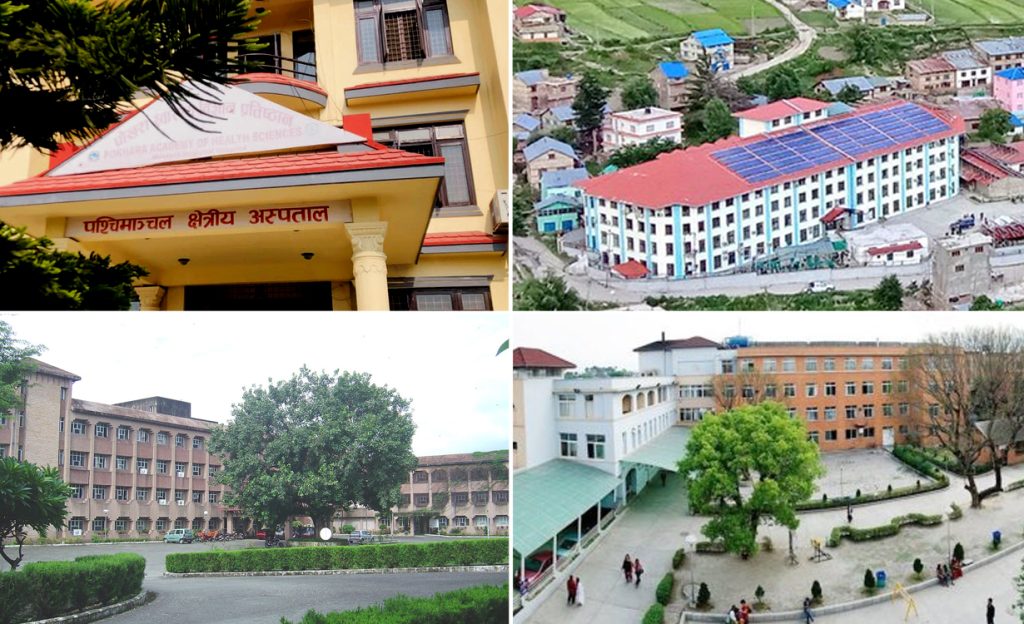
Nepal, with its remarkable geographic diversity from tropical plains to the towering Himalayan peaks, is a living canvas of nature’s grandeur. This diverse landscape not only defines the nation’s identity but also hosts an abundance of natural resources and biodiversity.
Exploring the varied physiographic zones – the mountains, hills, and tarai – reveals the intricate balance of ecosystems that contribute to Nepal’s unique environmental wealth.
In the late 1970s, Nepal embarked on a transformative journey in forest management through community forestry. Today, an impressive 3.34 million households, over 35 per cent of the population, actively participate in forest management.
This engagement takes shape through 22,380 Community Forestry User Groups (CFUGs), symbolising a collective effort to manage and utilise the vast expanse of the national forest for the benefit of local communities. More than 18,13,478 hectares of national forest have been entrusted to these groups, thereby fostering a profound connection between the people and the environment that goes beyond mere conservation.
Nepal’s landscape, economic powerhouses yet challenges

Covering a vast 44.74 per cent of Nepal’s land, forests are not just beautiful landscapes – they are economic powerhouses, contributing a significant 15 per cent to the country’s GDP. But this connection comes with challenges.
The abandonment of farmlands in the hills and mountains due to a lack of workers, especially because of youth leaving, presents a complex interplay of poverty, environmental degradation, and vulnerability. Adding to these difficulties is Nepal’s geography, making it tough for physical development. This makes the existing challenges even harder to overcome, slowing down the country’s sustainable progress.
Moreover, in the aftermath of restructuring, notably under the Local Government Operation Act of 2017, Nepal grapples with policy uncertainties and the sway of vested interests within forest administrations. The implementation of a taxation framework, spanning all three government levels – local, provincial, and federal – on the income generated by Community Forestry User Groups (CFUGs) from forest products and services beyond personal use, has led to a disempowering scenario.
This has led to a loss of trust among CFUG members, creating a situation where economic growth, particularly through the use of forest resources, has come to a standstill. Consequently, the contribution of the forest sector to the country’s GDP is significantly restricted.
Yet, despite these challenges, Nepal’s economy remains inextricably linked to its natural resources and biodiversity. Biodiversity’s influence extends across every facet of Nepali life, encompassing agricultural productivity, food security, human health, indigenous knowledge, gender equality, culture, climate, water resources, and societal aesthetics. This intricate interdependence forms the foundation of Nepal’s green economy.
The evolution of Nepal’s forestry practices

The evolution of Nepal’s forestry practices, transitioning from feudalism to state-based forestry and ultimately to decentralised forestry since the 1970s, represents a steadfast commitment to managing forests for local communities.
Community Forest User Groups (CFUGs), recognised as self-governing entities, have played a crucial role in enhancing social stability, fostering economic progress, and ensuring environmental sustainability.
Forestry is more than just about trees – it is about people and meeting their needs. For Nepal’s efforts to protect forests through community-based management to work, the government needs to understand the resources well.
This understanding should lead to better policies and plans that involve communities across Nepal. It is also important to strengthen the abilities of these communities and others involved. After four decades of hard work, the goal is to make sure that all these efforts result in real benefits for the people and the forests they are protecting.
Looking ahead, the path to sustainability calls for intensified efforts within forest-dependent communities, focusing on marginalized-led enterprises to enhance livelihoods. Forests, serving as major sources of energy, timber, non-timber forest products, medicinal plants, and revenue for the nation, can significantly contribute to economic growth and create employment opportunities under proper management.
To unleash the full economic potential of Nepal’s forestry sector, it is crucial to adopt comprehensive measures. This includes implementing intensive management practices to enhance the sustainable use of forest resources, introducing agro-forestry initiatives that integrate tree cultivation with agriculture, establishing industries centred around forest products, and making strategic investments in advanced nurseries for efficient tree cultivation.
Furthermore, policymakers play a pivotal role in addressing policy challenges related to the effective utilisation of forest resources for domestic needs and streamlining the export processes of both timber and non-timber forest products. This involves resolving inconsistencies in policies, establishing incentive structures that positively impact communities relying on forests, and ensuring secure tenure rights. Policymakers are essential in creating an environment that promotes sustainable management, balancing the economic benefits of forest use with the long-term health of these valuable natural resources.
By taking these small, deliberate steps, Nepal can not only boost its economic growth but also ensure the long-term health and sustainability of its valuable forest resources. In the pursuit of economic growth and to truly embody the famous slogan of ‘Hariyo Ban Nepal ko Dhan‘ (Green Forest, Nepal’s Wealth), Nepal’s existing forest policies must be adapted to align with contemporary needs.
The green economy beckons, and Nepal’s forests, despite the challenges, stand as the cornerstone propelling the nation towards sustainable growth. As we navigate the intricate dance between humanity and nature, the forests of Nepal emerge not just as a resource but as a living legacy that holds the promise of a harmonious and prosperous future.
























